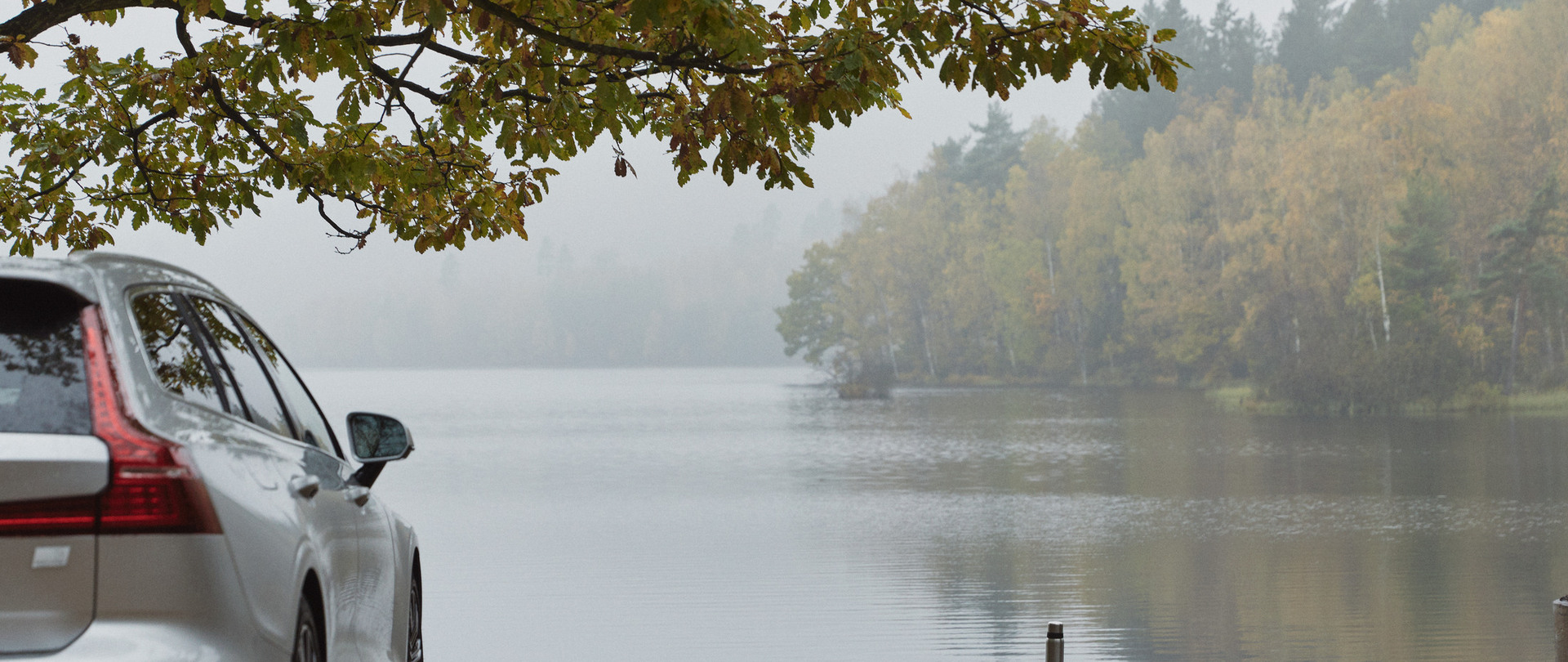
Investing in Electric Charging Infrastructure
The numbers of electric vehicles and hybrids on Ireland and UK roads are increasing steadily. However, growth in charging stations is not keeping pace with growth in electric vehicles. There is almost 50,000 electric vehicles on Irelands roads since January 2022.
In Ireland, Minister Eamon Ryan, has unveiled the Department of Transport’s Electric Vehicle Charging Strategy with a pledge that Ireland’s charging infrastructure would stay ahead of the rapidly rising demand for Electric Vehicles (EVs).
With over 50,000 electric vehicles already on our roads and EVs now accounting for an ever-growing share of new car sales, demand for charging will continue to grow. While it is expected that around 80pc of charging will continue to take place at home, the government remains committed both to meeting the needs of those for whom home-charging is not an option and to the creation of a seamless network of publicly accessible and user-friendly infrastructure. By Zero Emission Vehicles Ireland (ZEVI), a new dedicated office being established by the Department of Transport, in partnership with TII and the SEAI, to co-ordinate and deliver the policy pathway for low emission vehicles.
The Strategy identifies four main categories of infrastructure, serving different user needs according to where, when and how drivers need to charge their EVs.
These are:
• Home/apartment charging
• Residential neighbourhood charging (including on-street and co-charging)
• Destination charging (for example: sports facilities, retail centres, hotels, tourist locations)
• Motorway/en route charging (ultra-rapid charging)
The Strategy also makes several recommendations in relation to the actions, funding streams and supports that will be put in place by Government to deliver a seamless publicly accessible charging network. In support of a just transition to electric, this Strategy specifically considers ways in which to support wider access to electric vehicle's in population groups with low car ownership levels. Consideration is also given as to how to support the delivery of EV charging infrastructure in rural areas including the Gaeltacht and Islands, to support a rural transition to EVs.
GARO, which has been a leader in e-mobility since 2008, offers some of the market’s most innovative and advanced products in the field. “Our products offer internet connectivity and can share information with each other and the vehicles. They can be connected to payment services, and they can also control the power to ensure efficiency.
The improvements of more roadside chargers is set to improve. The idea is to alleviate range anxiety, the electric vehicle equivalent of worrying about running out of petrol/ diesel. Charging infrastructure is also a prerequisite for getting more people to choose electric vehicles.
For more information please visit the Department of Transport’s website. To make a submission, please email evinfrastructure@transport.gov.ie.

"The idea is to alleviate range anxiety, the electric vehicle equivalent of worrying about running out of petrol."
Convenient charging
Electrification will change our attitude to what powers our vehicles, and that it will no longer be a given to visit particular filling stations as we do today. “We’ll go to places where we can charge our vehicles while doing other things, such as the weekly shopping, enjoying a tasty meal at a restaurant or working out at the gym. Motorists expect convenient opportunities to charge their electric vehicles, and this is something that employers, building owners and other service providers already need to keep in mind.”
this is not all simply a case of availability. The expectation of being able to rapidly charge your vehicle puts demands on both the charging stations and the infrastructure’s continued expansion. “Sometimes, you need to be able to refuel quickly, and so that option needs to be available. Habits die hard, and we’re used to being able to refuel our petrol and diesel cars in a minute or so.”
This insight has led to GARO’s latest innovation and newest addition to the range. Althea has been developed and tested in the harsh Nordic climates of Sweden and Norway, ensuring that it can handle both extreme cold and excess moisture. The station can be equipped with both CHAdeMO and CCS charging cables to ensure that all types of fast-charging electric vehicles can be charged. “Althea is a fast charger that can boost a battery from 20% to 80% in about 30 minutes. I’m sure that the vast majority would consider 30 minutes a small price to pay for showing their concern for the environment.
